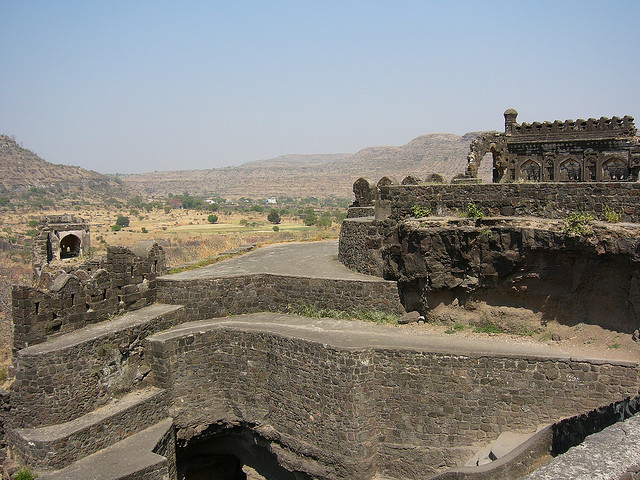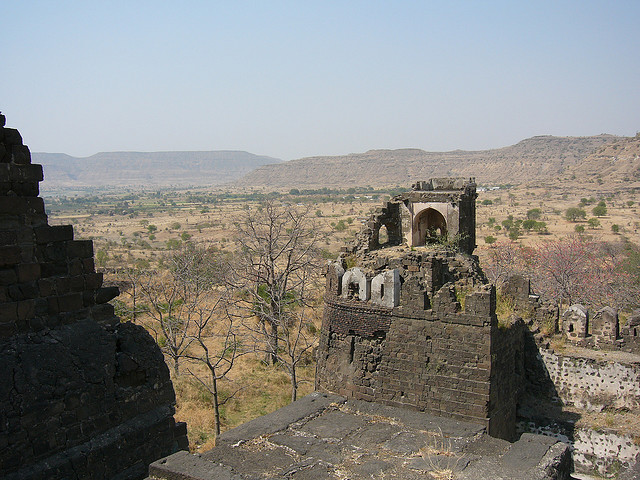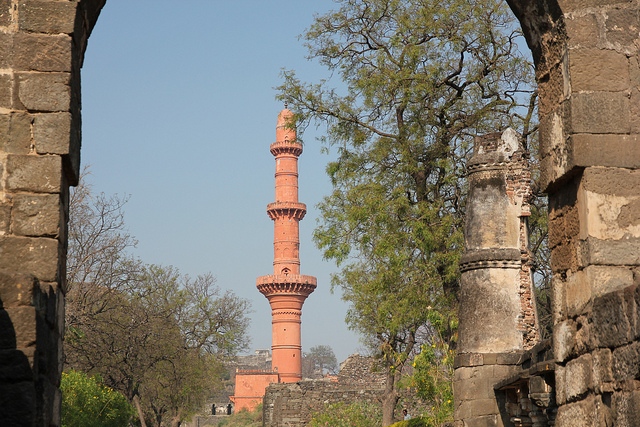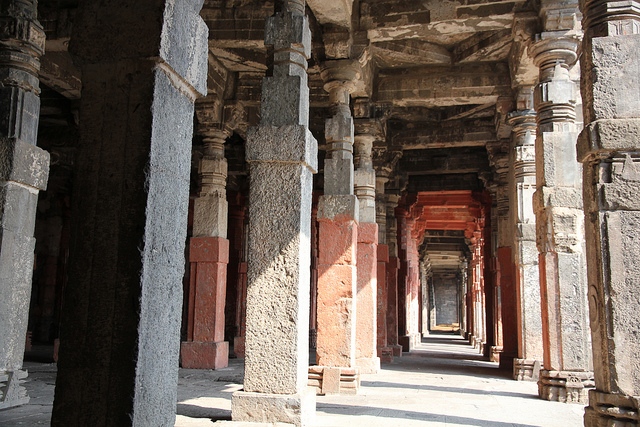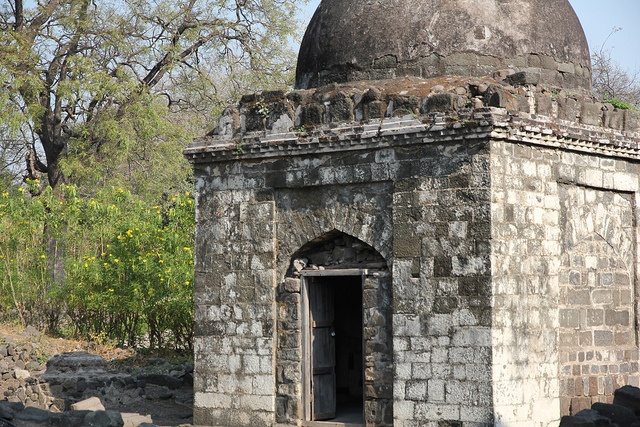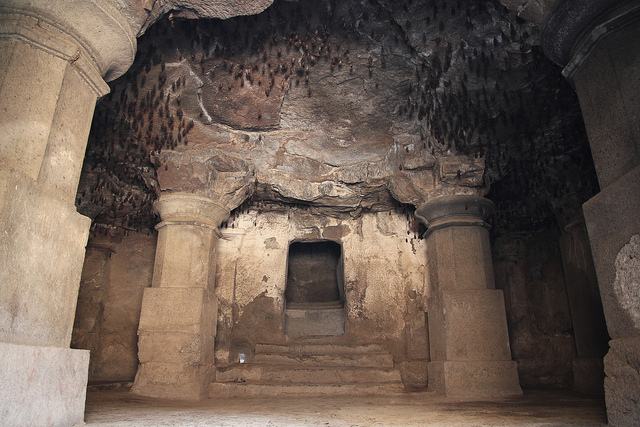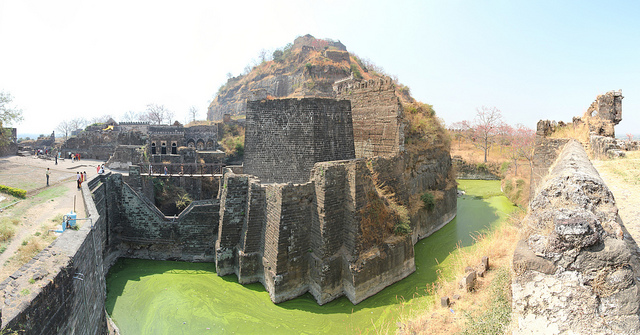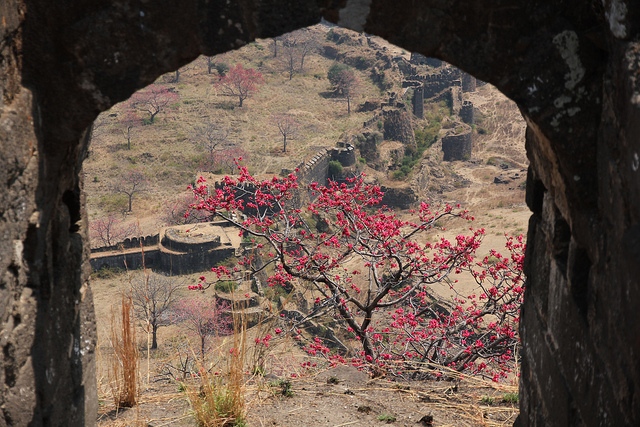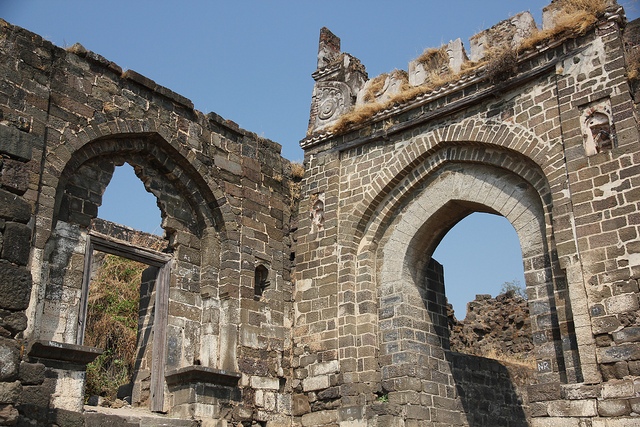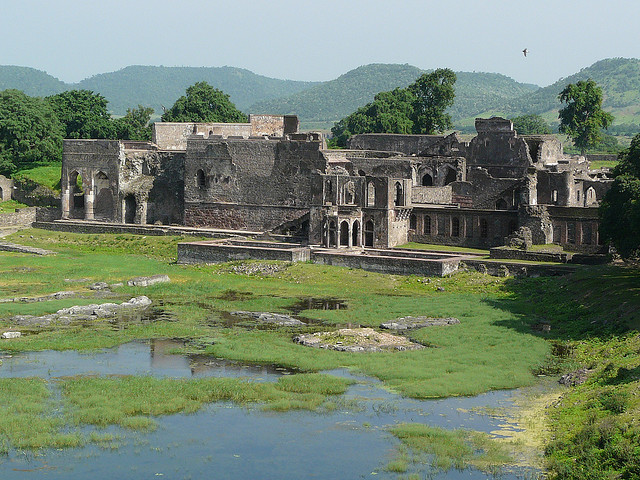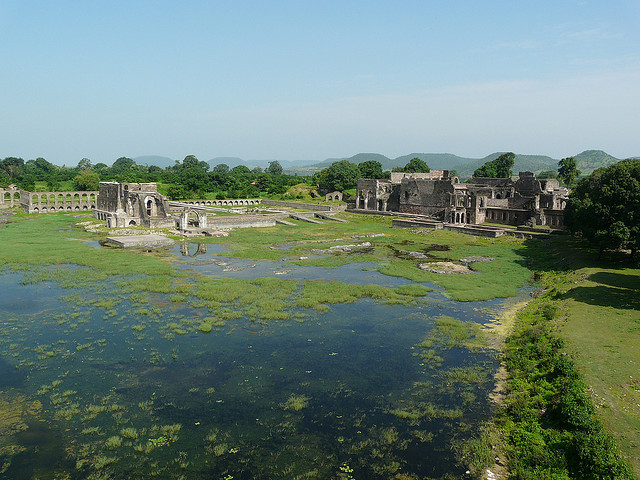Historical
Datia Fort
The fortress palace at Datia is one of a superb architectural work. The fort is an exemplary mixture of the Rajput and Mughal architecture.
Built by the Bundela chief, Bir Singh Deo.Built in 1620 on a rocky altitude, it is a five-storeyed palace appears much taller than its actual height of 130 ft.
In 1818 Datia played host to then British Governer-General, Lord Hastings and a superb durbar was held in 1902 for the Viceroy, Lord Curzon.
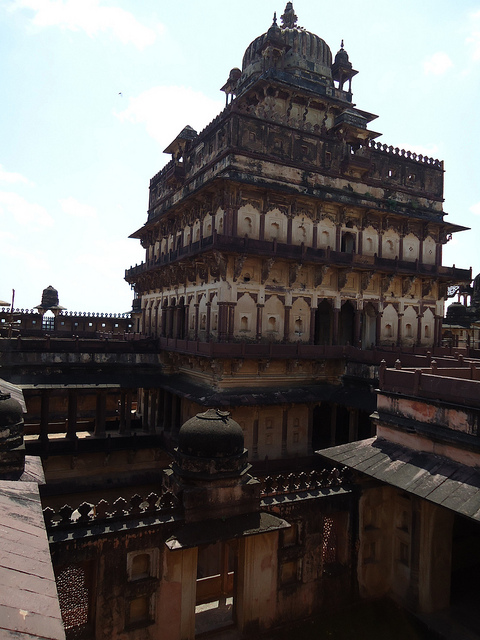
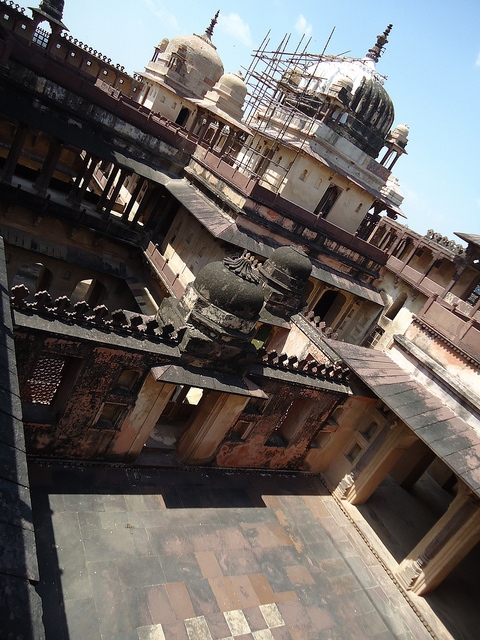
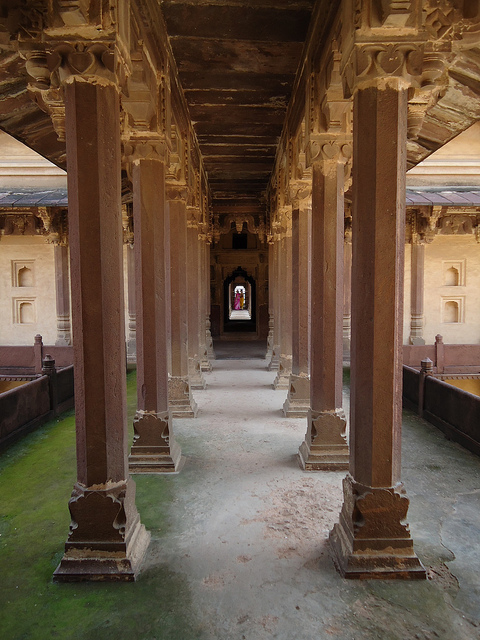
Naggar Castle
The Castle was converted into a rest house, a hundred year back and in 1978 this ancient building was handed over to HPTDC to run as a heritage hotel. This medieval Castle was built by Raja Sidh Singh of Kullu around 1460 A.D. The hotel overlooks the Kullu Valley and apart from the spectacular view and superb location this has a flavour of authentic western Himalayan architecture. Here, a gallery houses the paintings of the Russian artist Nicholas Roerich. Naggar also has three other old shrines.
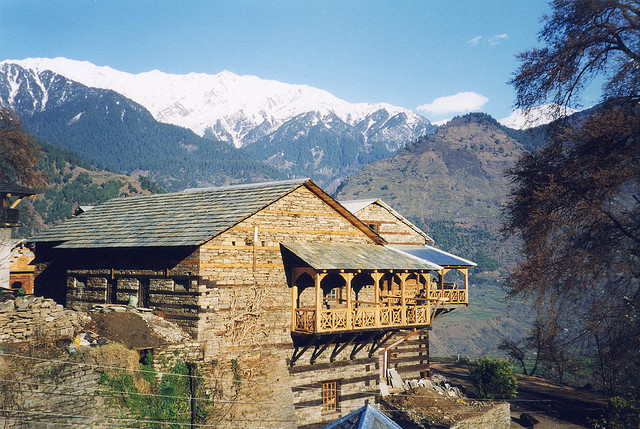
Charlieveli Hotel
This was the first hotel in Mussoorie. Charlieveli Hotel was only hotel in India that was under Queen Mary, who later became Queen of Britain. Since the last century till independence this hotel was very famous both in India and abroad.
Terekhol Fort
Terekhol Fort was built by the ruler of Sawantwadi, Maharaja Khem Sawant Bhosale. The fort is situated on the northern bank of the estuary of the Terekhol River. In 1746, the fort was conquered by Dom Pedro de Alameida, who was a Portuguese viceroy. During this period, the fort along with the church was rebuilt. In 1825, the fort served as the base for armed revolt against the Portuguese force.
Alorna Fort
Alorna Fort, a 17th century fort, was constructed by the Bhonsales of Sawantwadi. The fort, situated along the shores of the Chapora River, was constructed for defending against the enemy's attack. In 1746, the fort was captured by the Portuguese. Tourists can see the remains of the two barracks or bunkers, used for defence.
Cabo De Rama
Cabo De Rama was the ancient fort of the Canacona taluka of South Goa, which is in ruins at present. The ancient fort has a church, known as Santo Antonio, from where the sea is visible. Constructed on an elevated platform, this fort is also referred to as Cape Rama Fort.
The fort is associated with mythological legends, which state that Lord Rama stayed here with his wife Sita during exile. Moreover, the fort is believed to have been built by Hindu rulers. The Portuguese acquired the fort from the Raja of Soonda in 1763 and repaired it. From the later years of colonial rule till 1955, the fort served as a prison, which was later abandoned by the government.
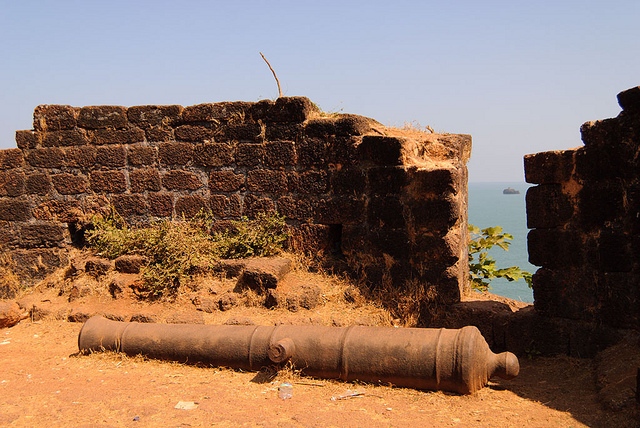
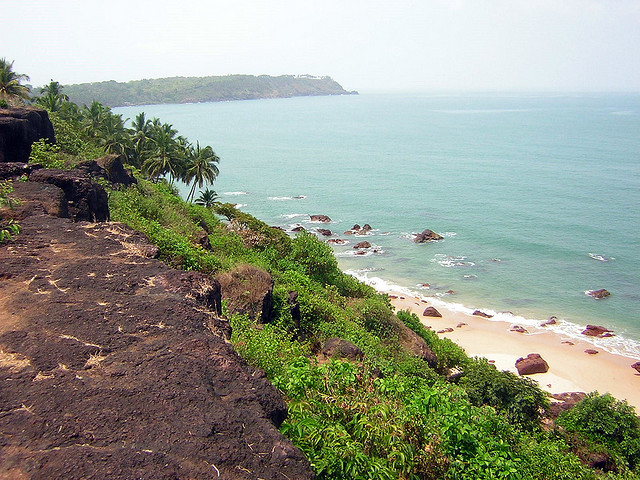
Burnzam Ghor
Burnzam Ghor is one of the tourist attractions located in Margao. The mansion is con structured identical to Portuguese mansions, with a double storied façade. In the yesteryears, this was the initial private chapel allowed in Goa, built in 1790. Burnzam Ghor, known as the house of seven gables, is only left with three gables.
Owing to its beautiful architecture and design of the Ghor, the site is visited by tourists in large numbers.

